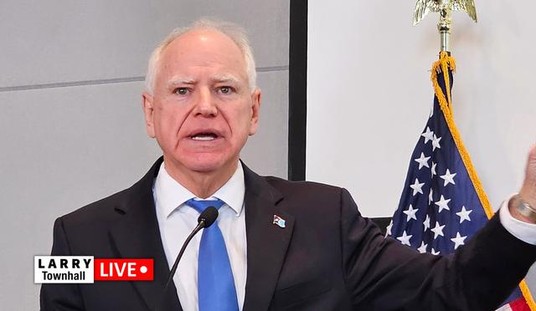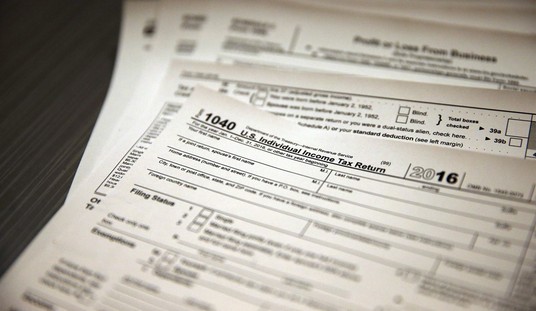I’ve been telling people privately to watch the bond market for about a week now. Since last Thursday, we’ve seen a very sharp, fast drop in prices for medium and long-term US Treasury securities, which (in consequence) increases yields. The yield of the 10-year note, which is a critical indicator for mortgage rates, has leapt up above 3.70%, from below 3% just a few weeks ago, and from 2% at the beginning of the year. The yield curve is now steeper than it’s been in decades.
I was wary of saying too much in public because there are indications that some of the plunge in note and bond values was due to technical market factors. The move was echoed somewhat by a fall in the dollar, but gold and oil have been relatively quiet. Corporate bonds have been on fire, with raging demand from a variety of buyers, and swap spreads are compressing rapidly.
The stock market finally got the news yesterday (falling 2%), about the same time as the mainstream press. In general, whenever you see headlines about arcane financial issues, start by assuming the opposite.
The market this morning is showing mild improvement, as it has each day this week in early trading, with yields on midcurve notes and the long bond down about five basis points or so. Yesterday was full of drama, however, as prices for mortgage-related assets (MBS and agency debt) suddenly plunged even after the Treasury completed a decently-received issue of new 5-year notes.
What is happening, in a nutshell, is that…
…market participants have become concerned that the Fed will not be able to keep mortgage rates low. In a highly technical trade, these investors expect that the “duration” of mortgage-backed paper will extend as rates rise, and they hedge against this by selling massive amounts of the 10-year Treasury note. That selling drops the price of the T-note, which raises rates further, which triggers the cycle all over again.
The fact that this technical trading is going on suggests that the market may stabilize for a while at the current much-lower levels. But many people are now starting to chatter about the larger implications of the episode, some of which are political.
The marketplace is full of talk that the Fed will have to really go to the mattresses to support lower interest rates. It reminds me just a little bit of the challenge that George Soros and others made to the Bank of England back in 1992, which tried to support the value of sterling, against the market.
It seems clear enough that the market for medium and long-dated Treasury debt wants to be a lot lower. In other words, investors want much higher interest rates in return for lending their money to We The Taxpayers. But if interest rates go too high, it’s going to choke off whatever hopes anyone had of an economic recovery.
See, now you thought that recovery is coming because of porkulus. After all, that’s what the President says. But in reality, it’s because the Fed has been holding interest rates down. Silly you.
But the Fed only has direct control over the very shortest-term interest rates, the ones on overnight interbank lending (“Fed funds”). How can the Fed hold down the medium and longer-term rates that are critical for economic growth? By doing something they haven’t done since before the Korean War: they’re wading into the market to buy up that debt directly (“quantitative easing”). And they’ve also been buying the mortgage-backed securities and related debt which are now getting decimated.
So far, the Fed has announced plans to do about $1 trillion in such monetizations this year, with $300 billion of that for Treasury debt. The market has apparently decided to play chicken with the Fed. Some people are saying they’re going to need to create trillions more dollars in monetization.
The chatter is very, very sour. As usual, the stock market is insane, always looking for, and finding, a reason to go up. But capital-markets people are looking at the finances of the United States, and saying: “Oh no, baby, this won’t work, what you’re doing. Come up with something better.”
We’re soon going to find out exactly what are the limits of monetary policy at the zero interest-rate bound. The fundamental tension is between an economy that is still suffering from deflationary effects as consumption and investment shrink, and the need of the US Treasury to keep borrowing like crazy to support Barack Obama’s addiction to spending your money.
If things get bad and interest rates head upward permanently despite the Fed’s efforts, the Treasury will finally face a choice that looks a lot like discipline: they will either have to scale back the ambitions of the Federal government, or they’ll have to raise taxes heavily.
UPDATE: As of 10:45am ET, the 10-year note and 30-year bond are sharply higher, with yields down about 8 or 9 basis points. Keep your eyes on the Treasury’s 7-year note auction. Results should be announced shortly after 1:00pm ET.












Join the conversation as a VIP Member